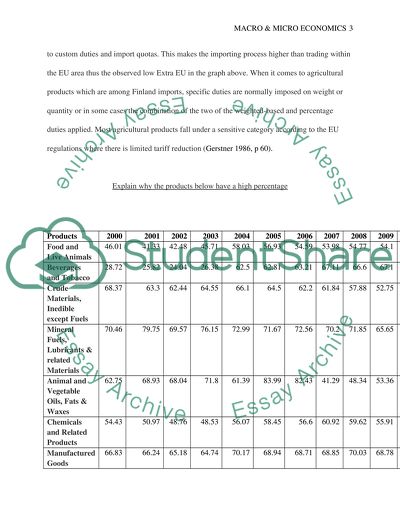Cite this document
(“The impact of EU membership on Finland Research Paper”, n.d.)
Retrieved from https://studentshare.org/macro-microeconomics/1477210-the-impact-of-eu-membership-on-finland
Retrieved from https://studentshare.org/macro-microeconomics/1477210-the-impact-of-eu-membership-on-finland
(The Impact of EU Membership on Finland Research Paper)
https://studentshare.org/macro-microeconomics/1477210-the-impact-of-eu-membership-on-finland.
https://studentshare.org/macro-microeconomics/1477210-the-impact-of-eu-membership-on-finland.
“The Impact of EU Membership on Finland Research Paper”, n.d. https://studentshare.org/macro-microeconomics/1477210-the-impact-of-eu-membership-on-finland.


